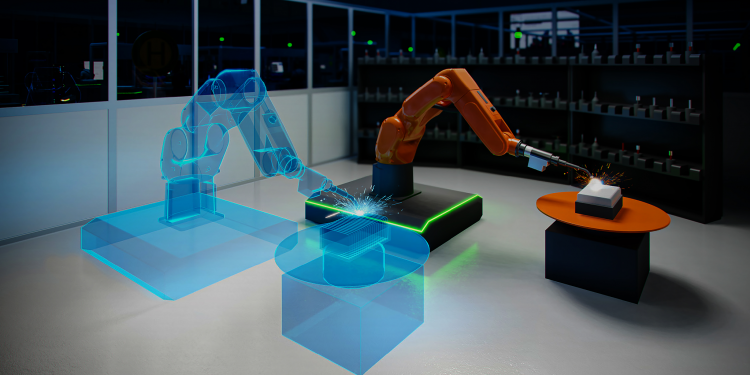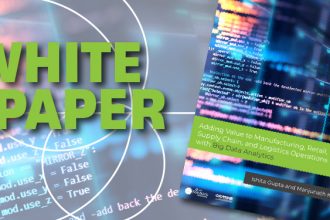Using Simulation and Digital Twins to Increase Productivity and Quality and Reduce Cost

If you’re buying a car, you’re going to want to test drive it to see if you like how it handles, looks, and performs. You probably try out several different models, in fact, before signing a sales contract. In the warehouse, that option doesn’t really exist for material handling equipment, unless you’re testing it with simulation and digital twins. Because this equipment requires a large capital investment, having the option to test and try new equipment via simulation and digital twins is a valuable feature.
But the value of these tools doesn’t end there. Whether considering potential equipment, considering process improvements, or looking to save costs, by using simulation and/or digital twins, you can set yourself up for success. Carried out correctly, digital twins and simulation tools can lead to breakthroughs with productivity, quality, and cost savings. Before considering either tool, however, it’s good to understand their differences and how each applies to your potential buying decisions.
Simulation allows you to get that test run in before you buy new equipment or test out a new process. If you’re looking into a new conveyor and sortation system, for instance, you and your OEM or integrator can simulate how it would work with your particular product mix. If you’ve got very heavy products in your mix, for instance, you can perform physics testing to see what would happen as they pass through your system. Or if you have a high number of packages coming through your sorter at once, would bottlenecks occur?
A digital twin, on the other hand, is a virtual representation of real-world systems (machines, components, etc.) and processes. You take the physical side of your operations and run them through a virtual side to see what might happen before implementing changes.
The advantages of either tool include cost savings, time savings, and increased quality. OEM providers accomplish this by collecting data and analyzing it. You get a better understanding of what the system is doing, how it is performing, and how it might operate in a more efficient manner. With AI now in the mix, OEMs and integrators can feed the data to it for even more advanced analytics. You’ll then be able to improve both your quality and productivity based on the results it returns to you.
Time savings comes into play as well from digital twins and simulations. Rather than having little time available to engineer your systems just prior to implementing it, digital twins allows you to “pre-engineer” in a virtual world, removing the requirement of heavy employee involvement or testing once the machinery is in place. You can work out the bugs in advance of implementation, ensuring a smoother and easier transition. This also applies to trying new processes and programs—by doing it virtually ahead of implementation, you save time and reduce interruptions.
In most cases, simulation is applicable for training and testing in advance of implementing. Digital twins are the go-to tool for optimizing your operations. In either case, their use doesn’t end after their first use. Keeping them available to assist with evolving processes and equipment will allow you to keep your real physical world and virtual world in sync for years to come.
If you’re interested in more details, you can listen to CSS’ Simulation & Digital Twin Podcast through The MHI Industry Leadership Podcast.
To learn more about MHI’s Conveyor and Sortation Solutions Industry Group: www.mhi.org/conv
For more articles and podcasts about Conveyors and Sortation:
Purchasing Conveyors With Sustainability In Mind
Using Conveyors for Loading and Unloading Trucks & Containers
Podcast: CSS – HOW TO AUTOMATE FOR THOSE WHO HAVEN’T AUTOMATED
Reconfigurable Conveyors For The Win
The Importance Of Digitization In Material Handling
Why You Should Consider Decentralized Networks



